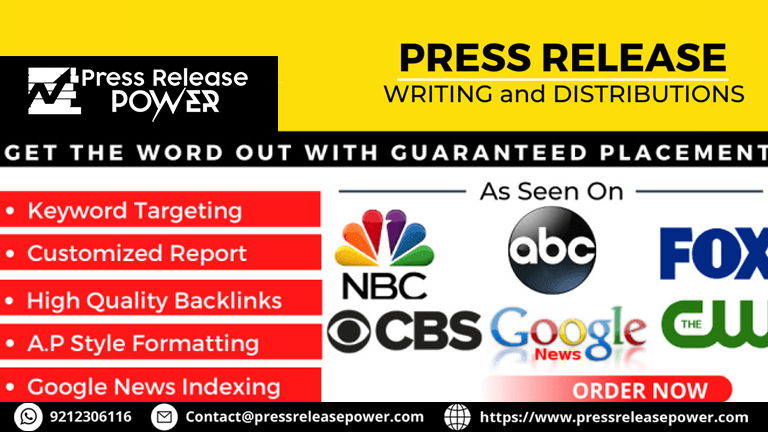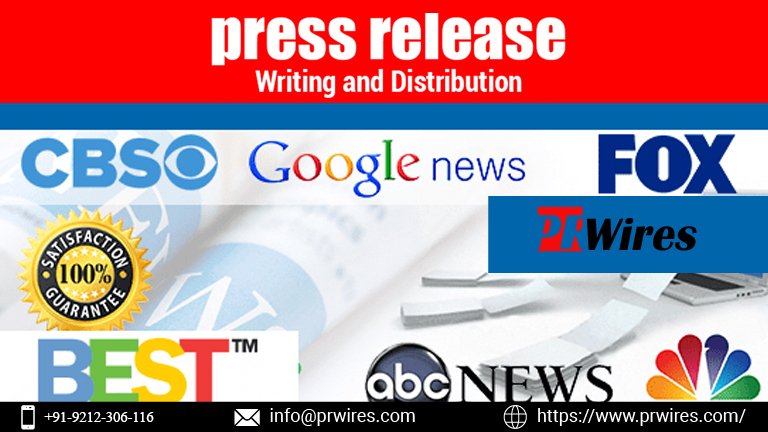How can I use customer testimonials in my calls-to-action to increase conversions?
By leveraging various types of testimonials, addressing potential objections, creating urgency, and personalizing your CTAs, you can build trust and encourage action from potential customers.

Customer testimonials are a powerful tool in the marketing arsenal, particularly when integrated into calls-to-action (CTAs). They can significantly enhance the effectiveness of CTAs by providing social proof, building trust, and addressing potential objections. This article explores the various ways you can leverage customer testimonials to increase conversions and improve your overall marketing strategy.
Understanding the Power of Testimonials
Before diving into how to effectively use testimonials in CTAs, it’s essential to understand why they are so influential. Testimonials offer real-world evidence of the value and effectiveness of your product or service. They provide prospective customers with relatable experiences from peers, which can be more convincing than traditional marketing messages. When used in CTAs, testimonials can enhance credibility and create a sense of urgency, thereby driving higher conversion rates.
Types of Testimonials to Use
To maximize the impact of testimonials in your CTAs, it’s crucial to select the right type. There are several forms of testimonials you might consider:
Written Testimonials: These are text-based endorsements from satisfied customers. They are versatile and can be easily integrated into various CTAs, such as email campaigns, landing pages, and website banners.
Video Testimonials: These provide a more personal touch and can be more engaging. They allow potential customers to see and hear from real people who have benefited from your product or service, which can be especially compelling.
Case Studies: Detailed case studies offer an in-depth look at how your product or service solved a specific problem for a customer. They are particularly useful for B2B companies and can be used in CTAs to showcase success stories.
Social Media Mentions: Positive comments or endorsements from social media can be leveraged as testimonials. These can be displayed on your website or in social media campaigns to boost credibility.
Star Ratings and Reviews: Incorporating ratings and reviews from platforms like Google, Yelp, or industry-specific review sites can enhance your CTAs. They provide a quick snapshot of customer satisfaction and can be especially effective when combined with other testimonial formats.
Integrating Testimonials into CTAs
The next step is to integrate these testimonials into your CTAs. Here’s how you can do it effectively:
Highlight Benefits: Use testimonials to reinforce the benefits of your product or service. For instance, if a customer praises your service for its speed, your CTA could emphasize this attribute: "Experience lightning-fast service like John did. Sign up now!"
Address Objections: Testimonials can help overcome common objections. If potential customers are concerned about the quality of your product, include a testimonial from a customer who addresses this concern directly: "I was skeptical at first, but Maria’s testimonial convinced me of the high quality. Try it for yourself!"
Create Urgency: Combine testimonials with a sense of urgency. For example, “Join thousands of satisfied customers who have already benefited from our service. Don’t miss out—get started today!”
Personalize CTAs: Personalization increases engagement. Use customer testimonials that resonate with your target audience’s demographics or interests. For example, if you’re targeting young professionals, include testimonials from similar individuals.
Use Specific Quotes: Incorporate direct quotes from testimonials in your CTAs to make them more authentic and compelling. For instance, “I’ve never seen such remarkable results,” says Sarah. See the difference for yourself—buy now!”
Design Integration: Ensure that testimonials are visually appealing and well-integrated into your CTA design. Use high-quality images and ensure text is legible. For video testimonials, make sure they are prominently displayed and easily accessible.
Examples of Effective Testimonial-Based CTAs
To illustrate the effectiveness of testimonial-based CTAs, let’s explore some real-world examples:
E-commerce Store: An online clothing retailer uses a customer testimonial in their CTA: “Loved by 10,000+ happy customers! Shop now to find out why Jane says, ‘The quality is amazing and the fit is perfect!’”
SaaS Company: A software company integrates a testimonial into its CTA: “Don’t just take our word for it. See why Mark, a product manager, says our tool is a ‘game-changer for productivity.’ Start your free trial today!”
Health and Wellness: A fitness program uses a testimonial in its CTA: “Join the fitness revolution that helped Emily lose 20 pounds in 3 months. Start your transformation now!”
Measuring the Impact
To ensure that your testimonial-based CTAs are effective, it’s crucial to measure their impact. Track metrics such as click-through rates (CTR), conversion rates, and engagement levels. A/B testing different testimonial formats and placements can also provide insights into what works best for your audience. By analyzing these metrics, you can continuously refine your approach to maximize conversions.
Best Practices for Using Testimonials in CTAs
Keep It Authentic: Ensure that testimonials are genuine and relevant. Authenticity is key to building trust and credibility.
Update Regularly: Regularly update your testimonials to ensure they reflect the current experiences of your customers. Outdated testimonials can detract from your credibility.
Ensure Diversity: Use testimonials from a diverse range of customers to appeal to different segments of your audience. This helps in building a broader connection.
Optimize for Mobile: Ensure that testimonial-based CTAs are optimized for mobile devices. Many users access content on their phones, so it’s crucial that your CTAs are mobile-friendly.
Test and Refine: Continuously test different testimonial formats and placements to find what resonates best with your audience. Refine your approach based on performance data.
Incorporating customer testimonials into your calls-to-action can significantly enhance their effectiveness, leading to higher conversion rates. By leveraging various types of testimonials, addressing potential objections, creating urgency, and personalizing your CTAs, you can build trust and encourage action from potential customers. Regularly measuring and refining your approach will ensure that your testimonial-based CTAs continue to drive successful outcomes. By following these strategies, you can harness the full power of customer testimonials to elevate your marketing efforts and achieve your conversion goals.
FAQs on Using Customer Testimonials in Calls-to-Action
1. What are customer testimonials, and why are they important?
Customer testimonials are endorsements or reviews provided by satisfied customers who share their positive experiences with a product or service. They are important because they offer social proof, which can enhance credibility, build trust, and persuade potential customers to take action. Testimonials provide real-world evidence of the value and effectiveness of what you're offering, making them a powerful tool in marketing.
2. What types of testimonials can be used in calls-to-action (CTAs)?
Several types of testimonials can be used in CTAs:
- Written Testimonials: Text-based endorsements from customers.
- Video Testimonials: Videos where customers share their experiences.
- Case Studies: Detailed accounts of how your product or service solved specific problems.
- Social Media Mentions: Positive comments or endorsements from social media platforms.
- Star Ratings and Reviews: Ratings and reviews from platforms like Google or Yelp.
3. How can testimonials be integrated into CTAs effectively?
To integrate testimonials into CTAs effectively:
- Highlight Benefits: Use testimonials to emphasize the benefits of your product or service.
- Address Objections: Include testimonials that address common concerns or objections.
- Create Urgency: Combine testimonials with a sense of urgency to encourage immediate action.
- Personalize CTAs: Use testimonials that resonate with your target audience’s demographics or interests.
- Use Specific Quotes: Incorporate direct quotes from testimonials to enhance authenticity.
- Design Integration: Ensure testimonials are visually appealing and well-integrated into the CTA design.
4. Can you provide examples of effective testimonial-based CTAs?
Certainly! Here are a few examples:
- E-commerce Store: “Loved by 10,000+ happy customers! Shop now to find out why Jane says, ‘The quality is amazing and the fit is perfect!’”
- SaaS Company: “Don’t just take our word for it. See why Mark, a product manager, says our tool is a ‘game-changer for productivity.’ Start your free trial today!”
- Health and Wellness: “Join the fitness revolution that helped Emily lose 20 pounds in 3 months. Start your transformation now!”
5. How can I measure the impact of testimonial-based CTAs?
To measure the impact of testimonial-based CTAs, track key metrics such as:
- Click-Through Rates (CTR): The percentage of users who click on the CTA.
- Conversion Rates: The percentage of users who complete the desired action after clicking the CTA.
- Engagement Levels: How users interact with the testimonial-based CTAs. You can also perform A/B testing with different testimonial formats and placements to determine which performs best.
6. What are some best practices for using testimonials in CTAs?
Best practices include:
- Keep It Authentic: Ensure testimonials are genuine and relevant to build trust.
- Update Regularly: Refresh testimonials to reflect current customer experiences.
- Ensure Diversity: Use testimonials from a diverse range of customers to appeal to different segments.
- Optimize for Mobile: Make sure testimonial-based CTAs are mobile-friendly.
- Test and Refine: Continuously test different testimonial formats and placements to optimize performance.
7. How often should testimonials be updated in my CTAs?
Testimonials should be updated regularly to ensure they reflect current customer experiences. This helps maintain credibility and relevance. The frequency of updates can vary based on the volume of new testimonials you receive and changes in customer feedback, but a good rule of thumb is to review and refresh your testimonials every few months.
8. Can testimonials from social media be used in CTAs?
Yes, testimonials from social media can be effectively used in CTAs. Positive comments and endorsements from social media platforms provide real-time social proof and can be displayed on your website or in social media campaigns to enhance credibility and encourage engagement.
9. How can I ensure that my testimonial-based CTAs are visually appealing?
To ensure visual appeal:
- Use high-quality images or videos of customers if available.
- Make sure testimonial text is legible and well-designed.
- Incorporate testimonials in a way that complements the overall design of your CTA.
- Ensure the design is mobile-friendly and looks good on all devices.
10. What should I do if I don’t have enough testimonials to use in CTAs?
If you don’t have enough testimonials, consider:
- Requesting feedback from recent customers and encouraging them to provide testimonials.
- Utilizing case studies or detailed reviews to fill in gaps.
- Using star ratings and review summaries from reputable platforms.
- Highlighting any awards or recognitions your product or service has received as alternative social proof.
By addressing these FAQs, you can better understand how to leverage customer testimonials in your calls-to-action to increase conversions and improve your marketing efforts.
Get in Touch
Website – www.webinfomatrix.com
Mobile - +91 9212306116
Whatsapp – https://call.whatsapp.com/voice/9rqVJyqSNMhpdFkKPZGYKj
Skype – shalabh.mishra
Telegram – shalabhmishra
Email - info@webinfomatrix.com
What's Your Reaction?






















